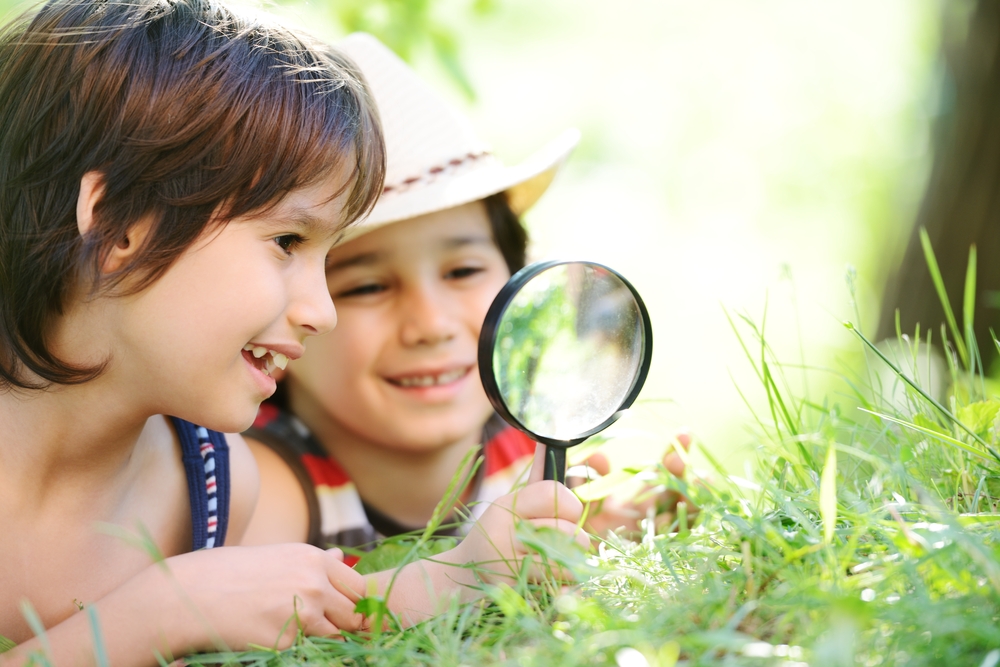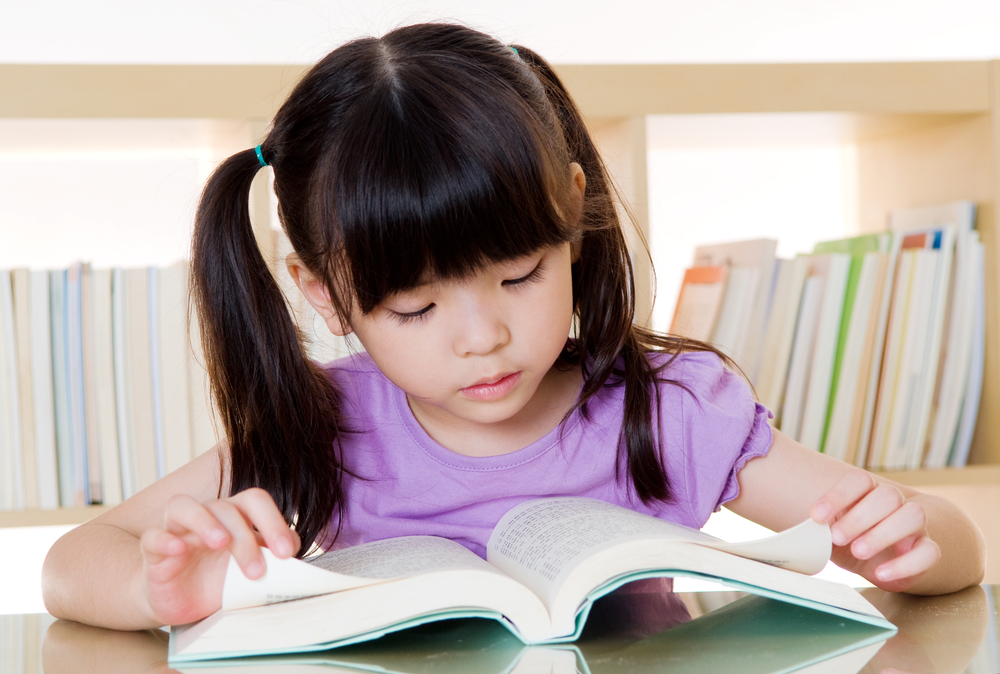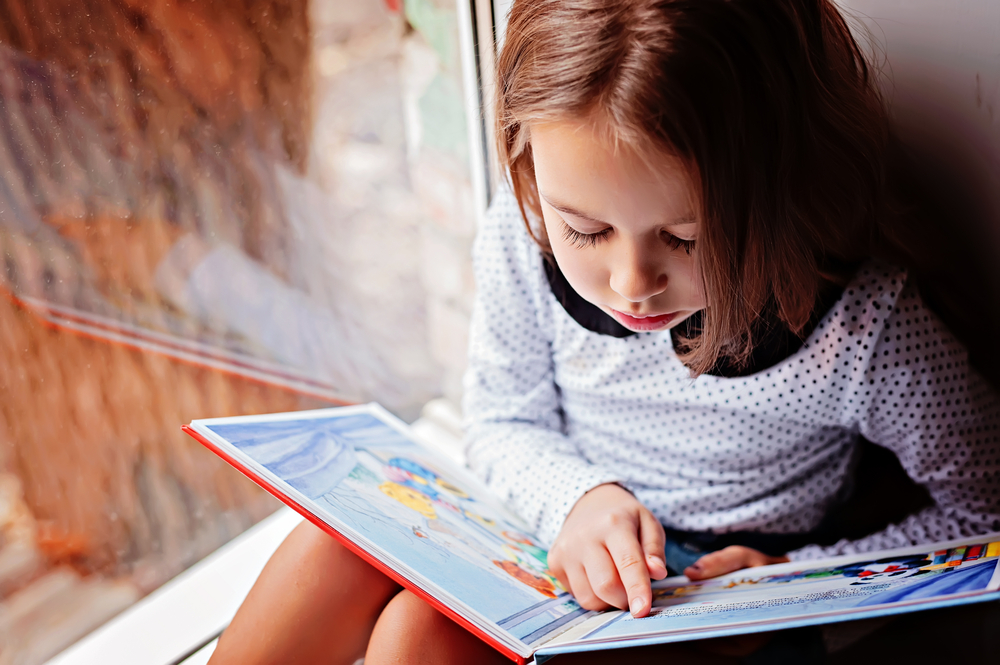Comprehension skills Normal Reading Fiction Worksheets for Ages 3-9
7 filtered results
-
From - To
Boost your child's reading journey with our Comprehension Skills Normal Reading Fiction Worksheets for ages 3-9. Tailored to foster a love for reading, these engaging worksheets help young readers develop critical comprehension skills. Featuring age-appropriate and captivating fiction stories, each worksheet includes exercises designed to enhance understanding, recall, and analysis. Perfect for home or classroom use, these resources help build a strong foundation for academic success and imaginative growth. Ideal for teachers and parents, our worksheets support various learning styles, ensuring every child can enjoy and benefit from the magic of reading fiction.
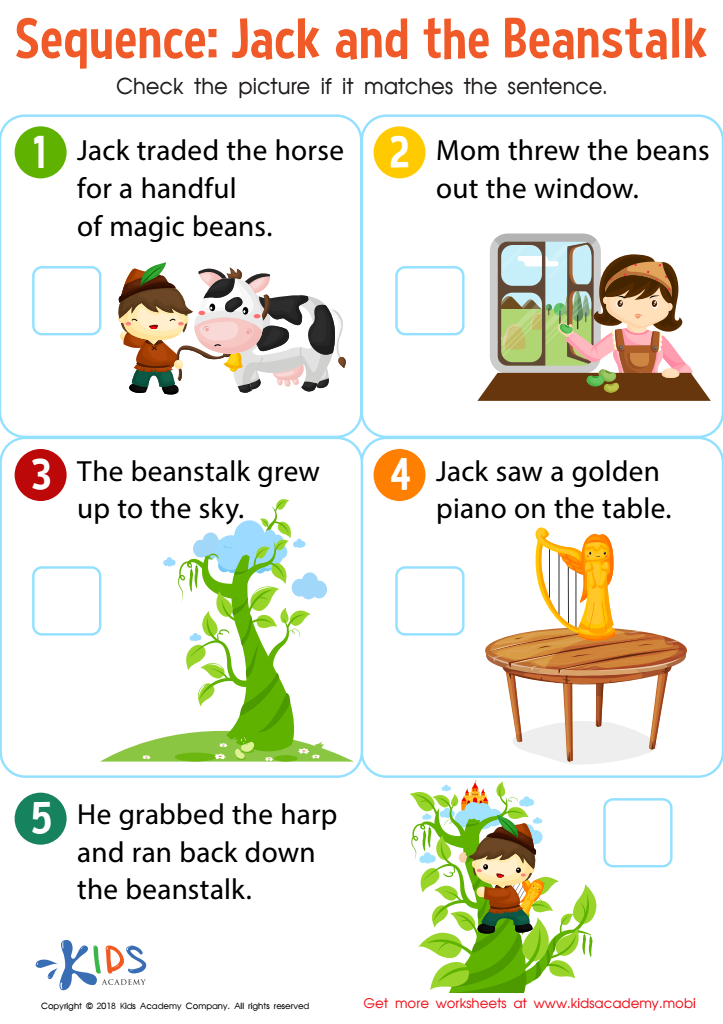

Sequence: Jack and The Beanstalk Worksheet
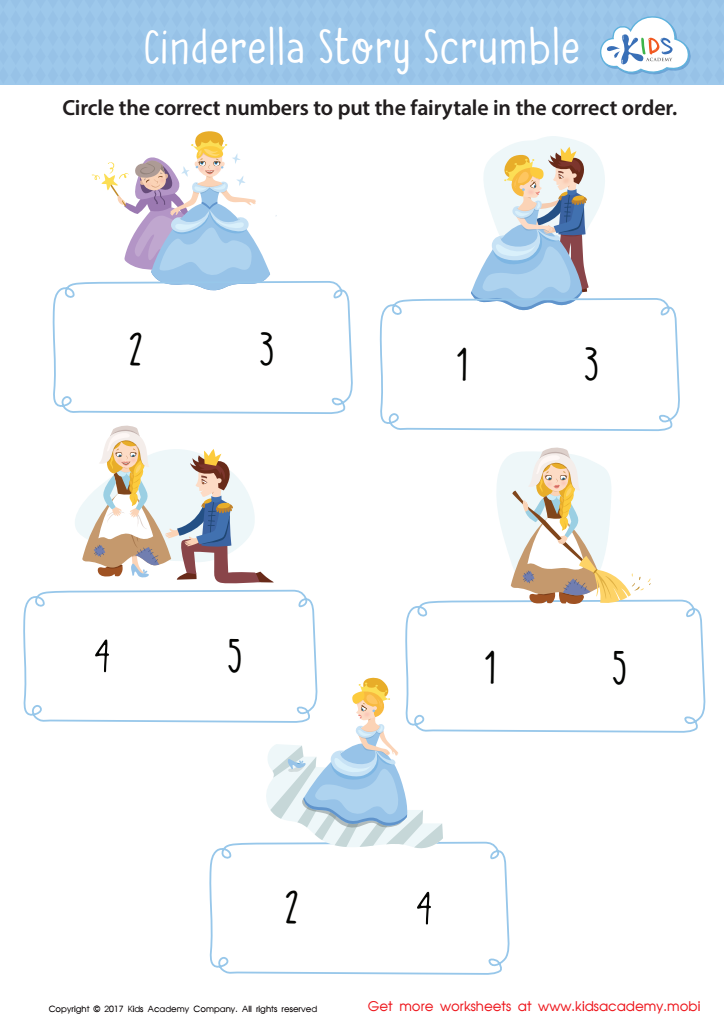

Cinderella Story Sequencing Worksheet
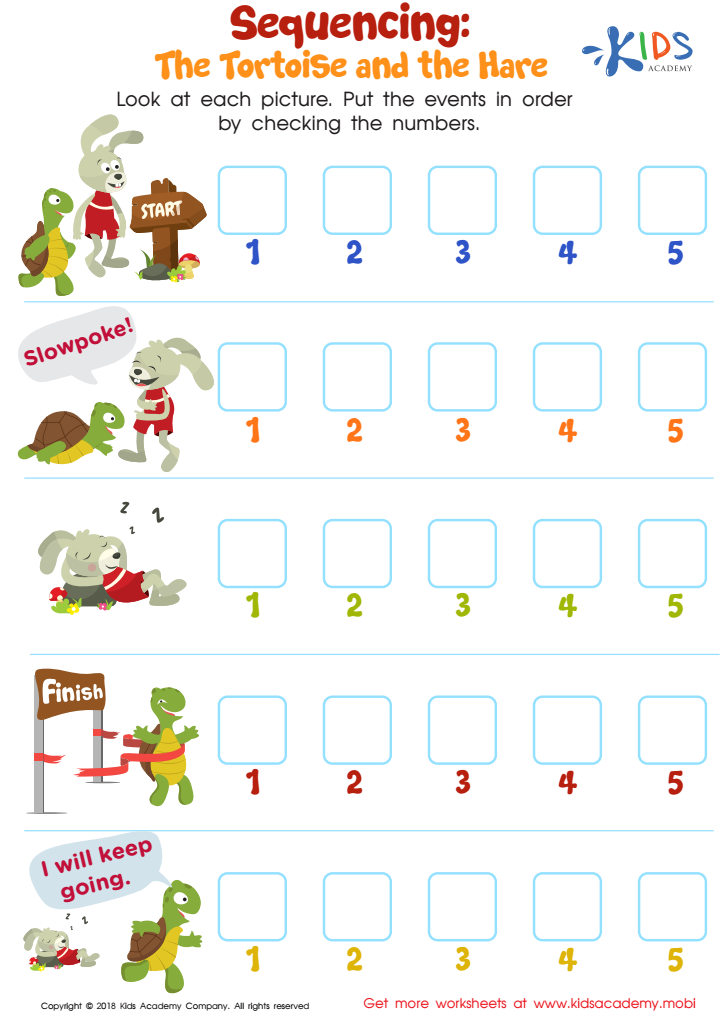

Sequencing: The Tortoise and the Hare Worksheet
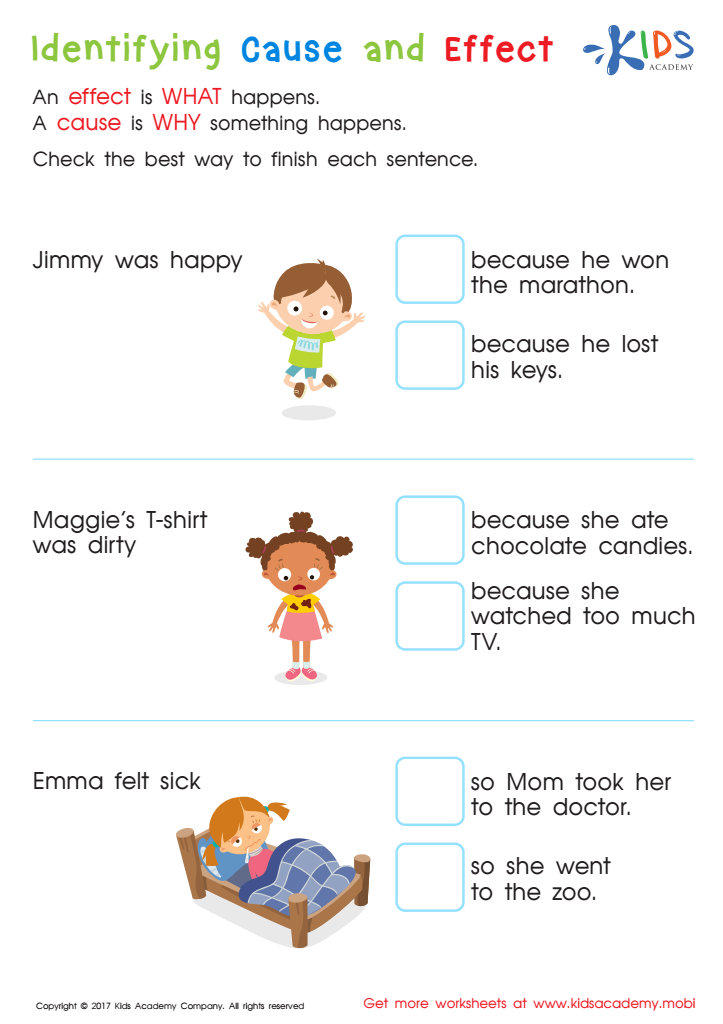

Indentifying Cause and Effect Worksheet
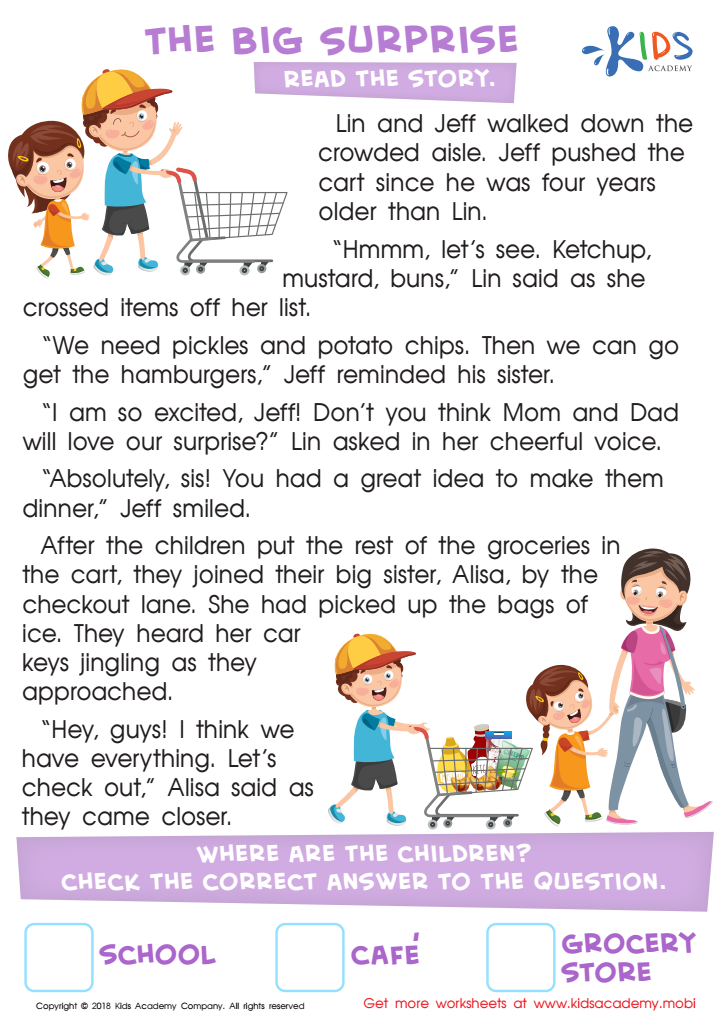

The Big Surprise Worksheet
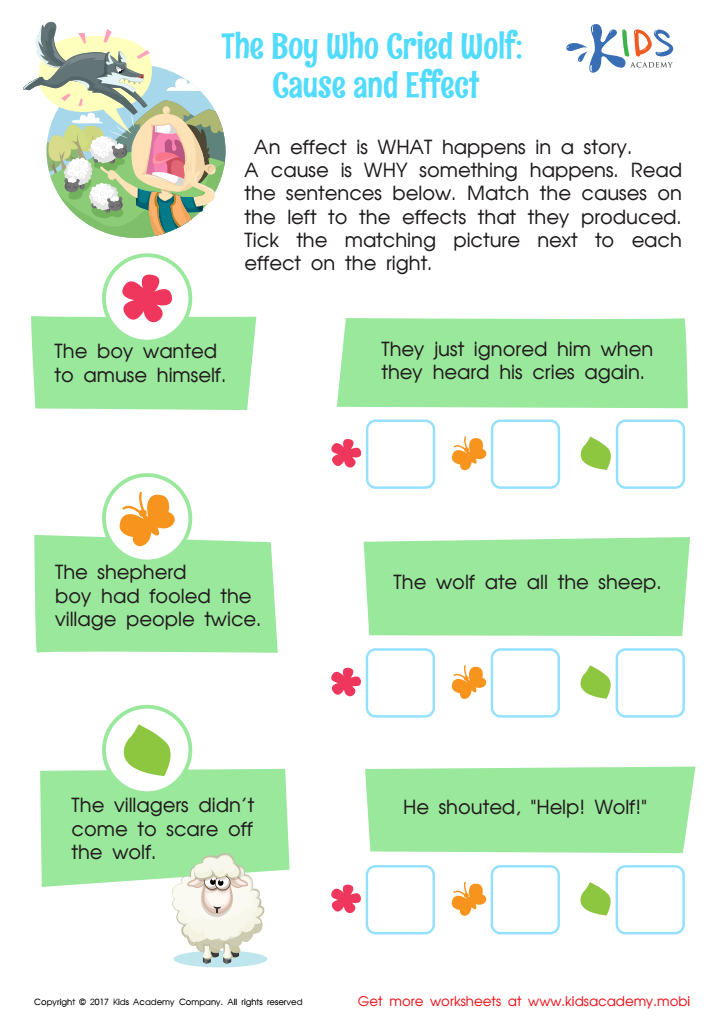

The Boy Who Cried Wolf: Cause and Effect Worksheet
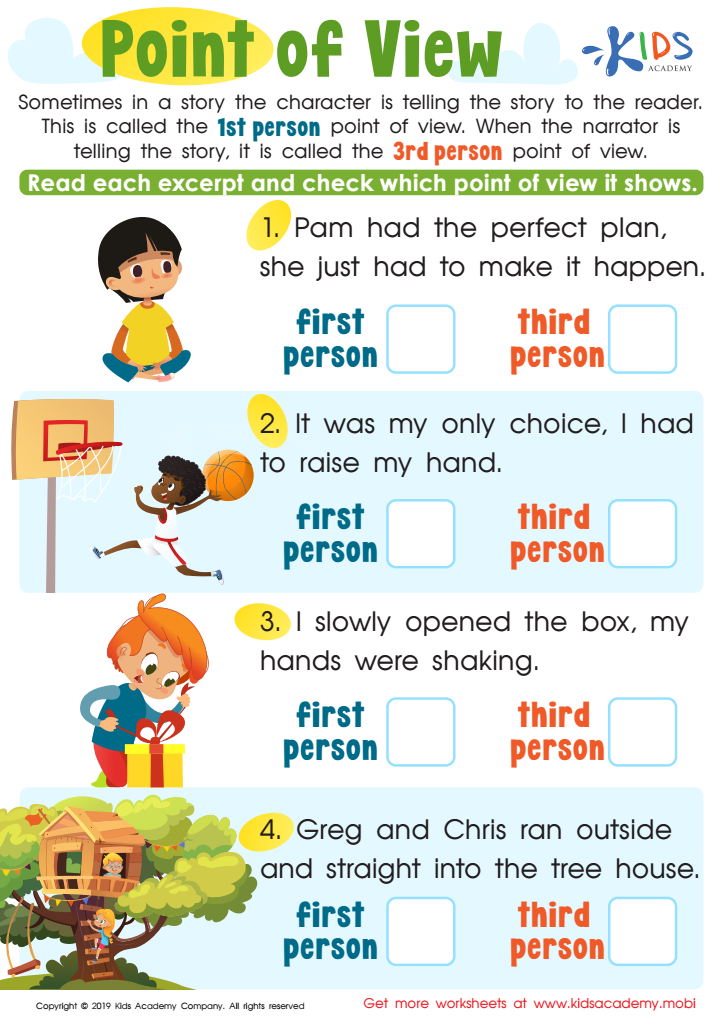

Point of View Printable
Comprehension skills are crucial for children aged 3-9, as they form the foundation of their academic and personal growth. Engaging with fiction at this young age enhances children's ability to understand and process information, which is a key component of learning. By caring about these skills, parents and teachers can foster a love for reading that lasts a lifetime.
First, grasping comprehension skills in early childhood boosts language development. It helps children understand complex sentences and vocabulary, thereby broadening their linguistic horizons. When kids comprehend stories, they also develop empathy and emotional intelligence by connecting with characters and situations different from their own.
Moreover, fiction nurtures creativity and imagination. By visualizing stories and contemplating various scenarios, children enhance their problem-solving abilities. Early mastery of these skills also improves academic performance, as reading comprehension is fundamental to all subjects, including math and science.
Parents and teachers should actively encourage reading aloud, engaging discussions, and interactive storytelling to strengthen these skills. Investing time in developing young children’s comprehension abilities means supporting their overall cognitive development and creating avid, capable readers who are better equipped to thrive academically and socially. The benefits of strong reading comprehension are not just limited to school but extend to lifelong learning and curiosity.
 Assign to My Students
Assign to My Students





